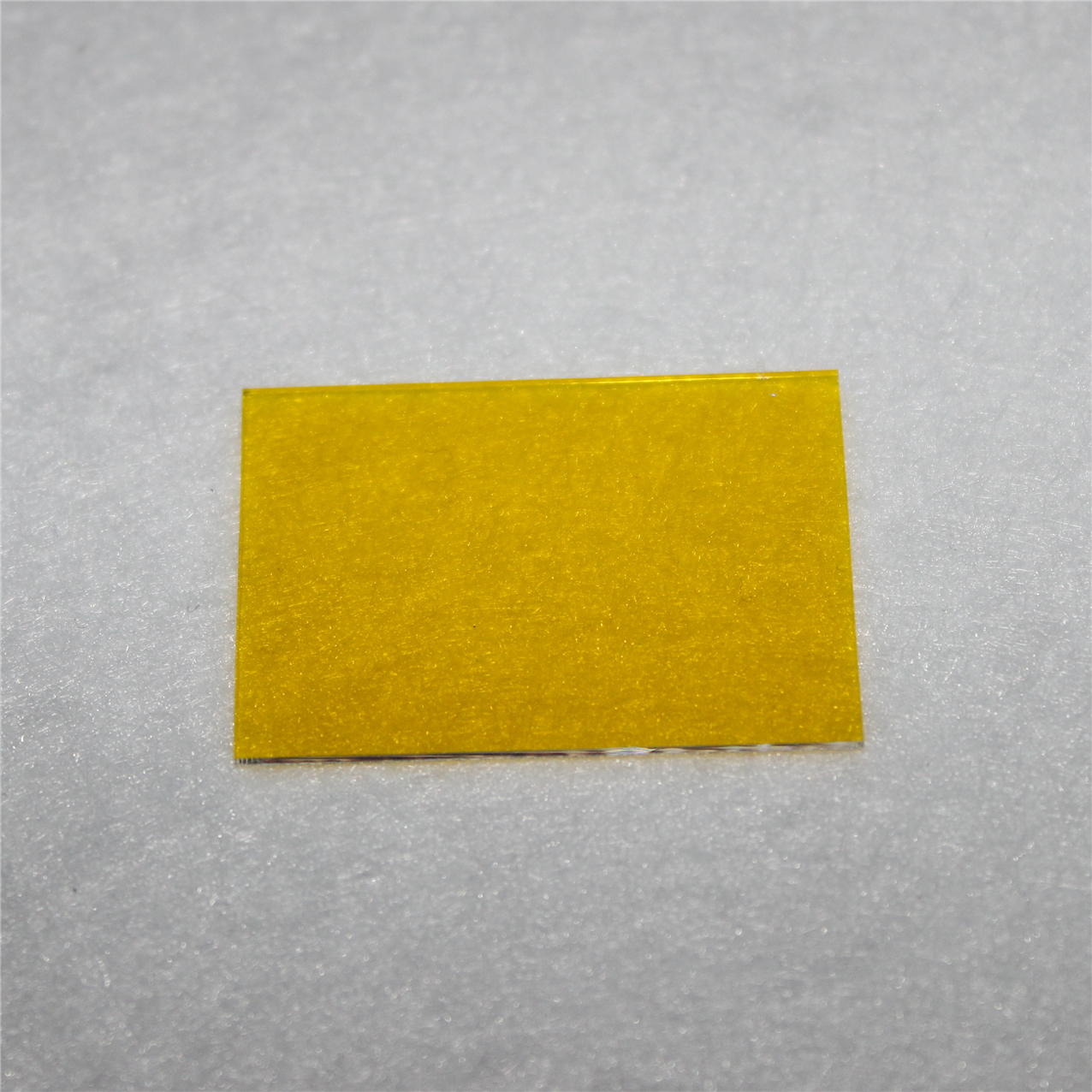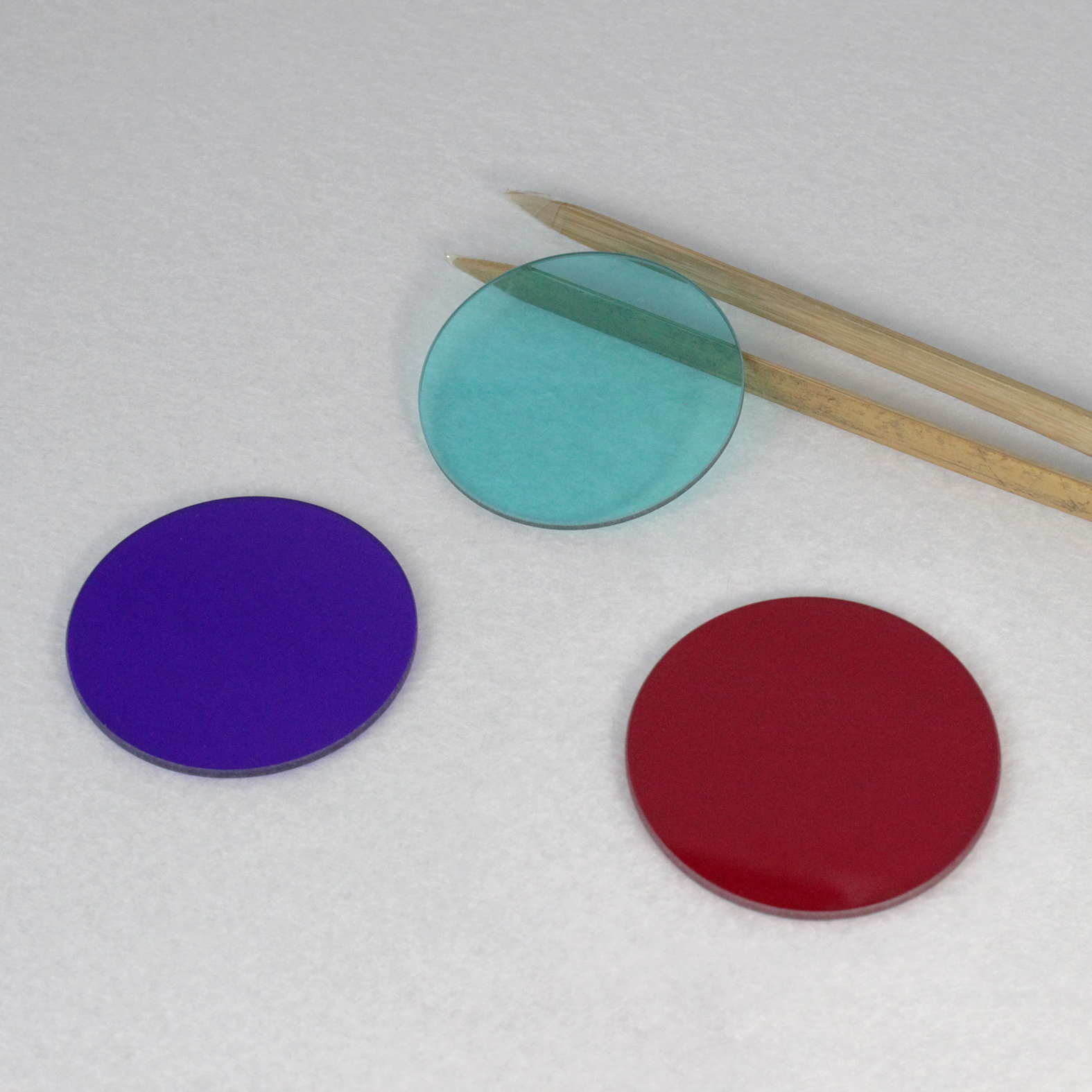
600nm long pass filter
600nm long pass filter
Item No: W-200916FA
- Dimension: 3mm-300mm
- Thickness: 1.0mmm, 1.10mm
- CWL: 550nm, 808nm, 920nm, 880nm or as requested
- FWHM: 20nm
- Transmission: 90%
Quote Now
What is optical filter?
An optical filter is a device that selectively transmits light of different wavelengths, usually implemented as a glass plane or plastic device in the optical path, which are either dyed in the bulk or have interference coatings.
Long Pass Filters and Short Pass Filters Information
Long pass and short pass filters are two distinct types of specialized optical filters. Long pass filters transmit electromagnetic radiation with long wavelengths while blocking shorter wavelengths. Short pass filters do the opposite: they pass short wavelengths and block longer ones. Both types are sometimes grouped as edge filters (referring to the steep cut-on and cut-off between transmission and rejection) or barrier filters (due to the rejection of large sections of long or short wavelengths).
The two images below graphically represent the above discussion. Note the steep cut-on / cut-off wavelength of 750 and 600 nm, respectively, and the fact that each filter provides close to zero transmission for their blocked ranges and 100% for their passband.


Long pass (left) and short pass (right) filter transmission.
Image credit: ZC & R Coatings | MIIC Technologies
Picture show of our 600nm long pass optical filter

Curve of 600nm long pass filter

Term of Optical Filter
While filters share many of the same specifications with other optical components, there are a number of specifications unique to filters that should be understood in order to effectively understand and determine which filter is best for your application.
CENTRAL WAVELENGTH
Center Wavelength (CWL), used in defining bandpass filters, describes the midpoint of spectral bandwidth over which the filter transmits. Traditional Coated Optical Filters tend to achieve a maximum transmission near the center wavelength, whereas Hard Coated Optical Filters tend to have a fairly flat transmission profile over the spectral bandwidth.
BANDWIDTH
Bandwidth is a wavelength range used to denote a specific part of the spectrum that passes incident energy through a filter. Bandwidth is also referred to as FWHM (Figure 1).

FIGURE 1: ILLUSTRATION OF CENTER WAVELENGTH AND FULL WIDTH AT HALF MAXIMUM
FULL WIDTH-HALF MAXIMUM
Full Width-Half Maximum (FWHM) describes the spectral bandwidth over which a bandpass filter will transmit. The upper and lower limit of that bandwidth is defined at the wavelengths where the filter achieves 50% of the maximum transmission. For example, if the maximum transmission of the filter is 90%, the wavelengths at which the filter achieves 45% transmission will define the upper and lower limits of the FWHM. FWHM’s of 10nm or less are considered narrowband and often used for laser clean-up and chemical detection. FWHM’s of 25 – 50nm are often used in machine vision applications; FHWM’s of more than 50nm are considered broadband and typically used in fluorescence microscopy applications.
BLOCKING RANGE
Blocking Range is a wavelength interval used to denote a spectral region of energy that is attenuated by the filter (Figure 2). The degree of its blocking is typically specified in terms of optical density.

FIGURE 2: ILLUSTRATION OF BLOCKING RANGE
SLOPE
Slope is a specification often defined on edge filters, such as shortpass or longpass filters, to describe the bandwidth over which the filter transitions from high blocking to high transmission. Given as the percent of the cut-wavelength, slope can be specified from a variety of starting and end points. Edmund Optics typically specifies the slope as the distance from the 10% transmission point to the 80% transmission point. For example, a 500nm longpass filter with a 1% slope would be expected to transition from 10% transmission to 80% transmission over a 5nm (1% of 500nm) bandwidth.
OPTICAL DENSITY
Optical Density (OD) describes the amount of energy blocked or rejected by a filter. A high optical density value indicates low transmission, and low optical density indicates high transmission. Optical densities of 6 or greater are used for extreme blocking needs such as Raman spectroscopy or fluorescence microscopy. Optical densities of 3.0 – 4.0 are ideal for laser separation and clean-up, machine vision, and chemical detection, while optical densities of 2.0 or less are ideal for color sorting and separating spectral orders.

FIGURE 3: ILLUSTRATION OF OPTICAL DENSITY
(1)Percent Transmission=T=10−OD×100%Percent Transmission=T=10−OD×100%
(2)OD=−log(T100%)OD=−log(T100%)
DICHROIC FILTER
A Dichroic Filter is a type of filter used to transmit or reflect light, depending on the wavelength; light of a specific wavelength range is transmitted, while light of a different range is reflected or absorbed (Figure 4). Dichroic filters are commonly used for longpass and shortpass applications.

FIGURE 4: ILLUSTRATION OF A DICHROIC FILTER COATING
CUT-ON WAVELENGTH
Cut-On Wavelength is a term used to denote the wavelength at which the transmission increases to 50% throughput in a longpass filter. Cut-on wavelength is indicated by λcut-on in Figure 5.

FIGURE 5: ILLUSTRATION OF CUT-ON WAVELENGTH
CUT-OFF WAVELENGTH
Cut-Off Wavelength is a term used to denote the wavelength at which the transmission decreases to 50% throughput in a shortpass filter. Cut-off wavelength is indicated by λcut-off in Figure 6.

FIGURE 6: ILLUSTRATION OF CUT-OFF WAVELENGTH
VY provide wide range of optical filters, we could customize the filter for you according to your design or drawing.
ANYTHING YOU COULDN’T FIND?
Talk With Our Sales
Vyoptics dedicated to being the supplier you choose for your custom optic fabrication. From volume production to prototype, we will meet any require specifications at the most cost effective solution.
- Free quotes and design consultations
- Comprehensive brochure you can download
- Worry-free returns
- Lightning Delivery
- OEM&ODM
- Fast Respond Or enthusiasm
- Rapid Production
- Low MQQ
SEND US AN EMAIL
Contact Us
Welcome to discuss your purchasing requirements with our customer service.









